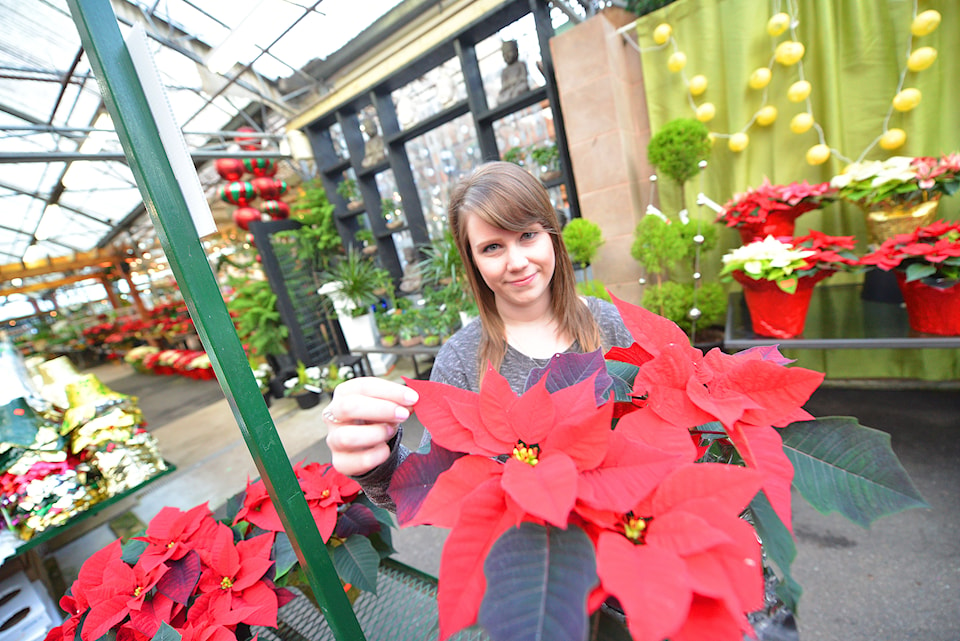Ever wonder why we practice the Christmas traditions we do? Why we have holly, rosemary, mistletoe and ivy? Why we put Christmas trees in our homes, exchange gifts, or why we sing about "The Twelve Days of Christmas"?
Can many people truthfully say they know what these traditions symbolize? We just recognize them as Christmas "stuff" we were brought up with as children, and blindly accept as adults. They are popular symbols of Christmas, but many of us don't know why.
So let's start with holly. The sharp leaves symbolize the thorns on Christ's crown; the evergreen leaves, eternal life. The red berries symbolize Christ's blood spilled at the cross. If the berries are white, they symbolize His purity; if green, the cross, and if black, His death.
Blue rosemary, as a legend goes, got its colour when Mary laid her blue cloak on a bush as they ran from King Herod's assassins.
Mistletoe and ivy, which always stay green, symbolize eternal life.
And Christmas trees? St. Boniface started that tradition in the 8th Century. For him, the tree's triangular shape symbolized the Holy Trinity. Legend also says Jesus, Mary and Joseph hid in some cedar trees to escape Herod's aforementioned assassins.
We give gifts, supposedly, as a nod to the three wise men who brought baby Jesus gifts of gold, frankincense and myrrh.
One legend suggests that the quirky song "The Twelve Days of Christmas" represents the 12 days between the birth of Christ and Epiphany, the arrival of the Wise Men. The rest of the song was believed to be a kind of "secret catechism," representing key beliefs of the Catholic Church.
Poinsettias are also called Flores de Noche Buena, or "Flowers of the Holy Night." Poinsettias are the quintessential Christmas plant, growing a seasonal and brilliant Christmas red. The poinsettia (euphorbia pulchentima) is native to Guatemala and Mexico, growing along roadsides as big as
shrubs, or even trees. Near Taxco, a small town a few hours south of Mexico D.F., they get to be about 10 feet tall. It's said the plant was used by the Aztecs for some type of ceremonies many hundreds of years ago. It first arrived on the Christmas scene with Franciscan monks, in the 17th Century.
Today, poinsettias come in many colours besides red - white, pink, peach, you name it.
And there are about as many legends connecting the plant with Christmas. Perhaps the most popular is the story of Pepita, a young Mexican peasant girl. As the story goes, she and her young brother were walking to Mass on Christmas Eve, but they didn't have a gift for baby Jesus,
being poor as they were. So along the way, they gathered weeds from the side of the road, making a tiny bouquet. The other children howled with laughter at their humble gift, but when Pepita and her brother put the weeds in the church manger, they miraculously transformed it into the beautiful red and white plant we see today.
Another legend tells of another poor boy who prayed for a gift to give to Jesus. While he prayed, a poinsettia sprang up at his feet. Symbolically, the shape and arrangement of the poinsettia's leaves remind one of the Star of Bethlehem, which the three wise men followed to find the Christ Child. The red is the blood of Christ, the white purity of His sacrifice.
The much more mundane story is that a U.S. ambassador to Mexico named Joel Robert Poinsettia was so taken with the red flowers that he shipped them back home to South Carolina, where other people shared his taste - so much that on Dec. 12, U.S. citizens celebrate National Poinsettia Day.
The following story was originally published in the Now on Dec. 25, 2009.
